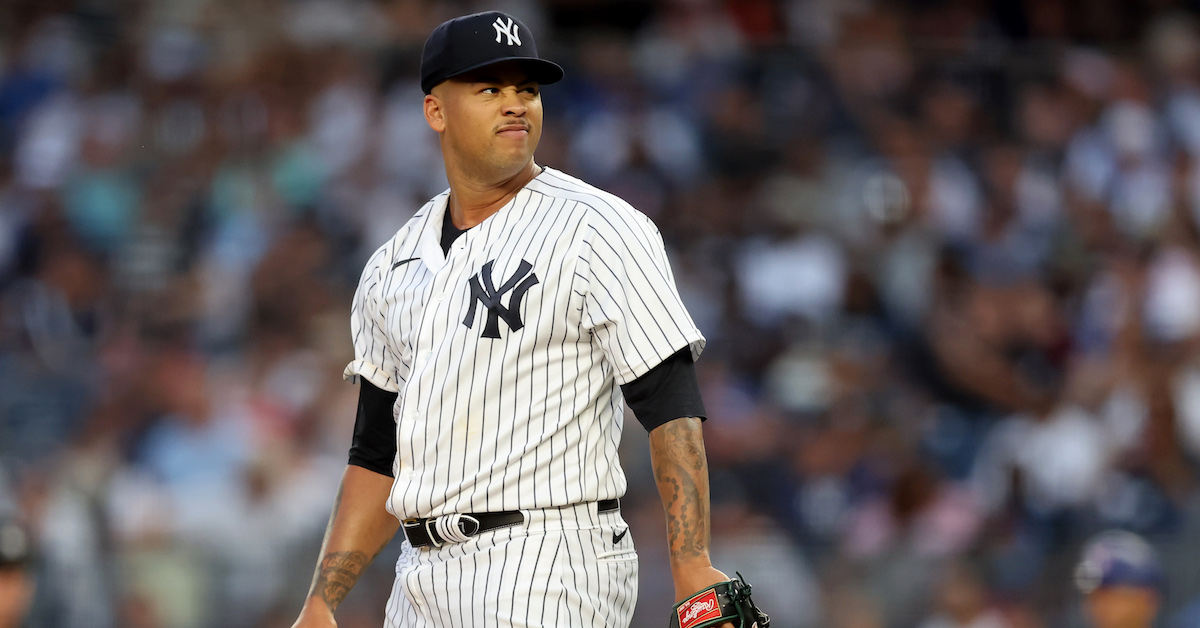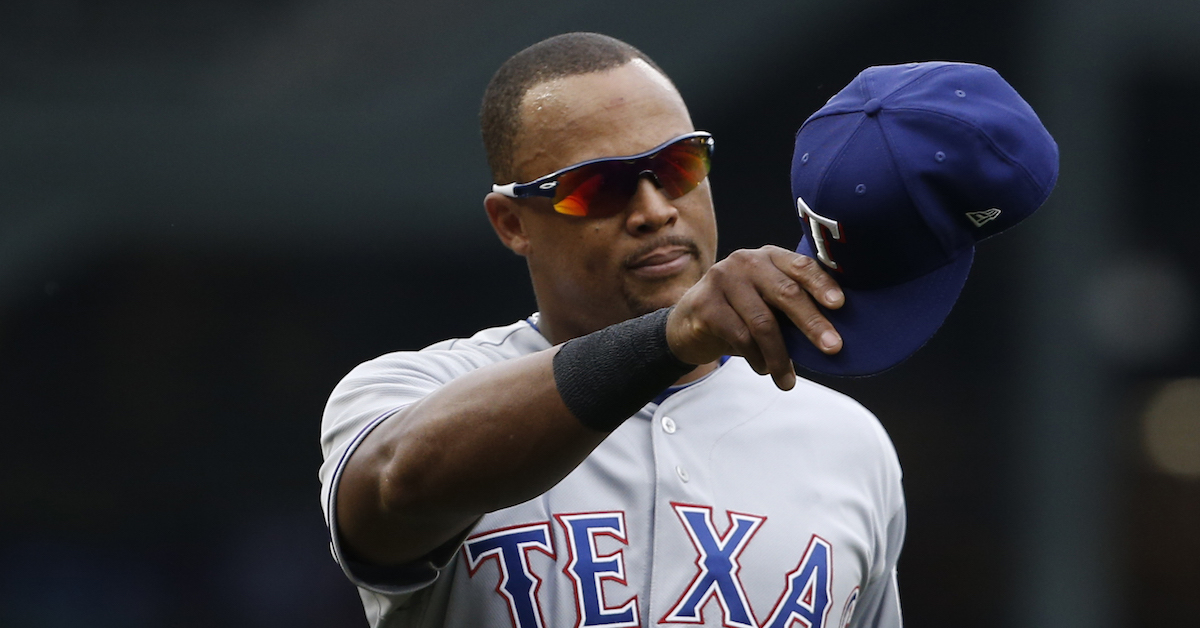The Injuries of Nestor Cortes and Frankie Montas Will Test the Yankees’ Rotation Depth

No sooner had pitchers and catchers begun reporting to Tampa, Florida than the Yankees rotation sustained a double blow. On Monday, Nestor Cortes revealed that he had suffered a hamstring strain that will keep him from participating in the World Baseball Classic and sideline him for at least part of spring training. On Wednesday, the team announced that Frankie Montas will undergo arthroscopic shoulder surgery next week and at best will be limited to a late-season return. While the team has the depth to cover for both losses — indeed, their rotation currently tops our preseason Depth Charts by a full win — the Yankees can’t afford for much more to go wrong with the unit.
The 28-year-old Cortes is coming off a breakout campaign during which he made the AL All-Star team and blew past his previous career high of 93 innings. His 158.1 innings fell just short of qualifying for the ERA title but among AL pitchers with at least 150 innings, his 2.44 ERA ranked ninth, his 3.13 FIP eighth, and his 3.6 WAR tied for 10th. He missed a couple of turns due to a late-season groin strain that recurred in the Yankees’ final game of the season, their ALCS Game 4 loss to the Astros.
Cortes had agreed to pitch for Team USA in next month’s World Baseball Classic, and so like other participants in the tournament, he reported to camp on Monday, three days ahead of the Yankees’ official report date for pitchers and catchers. Upon reporting, he revealed that he had suffered “a low Grade 2” strain of his right hamstring while running sprints on February 6 near his home in Miami. He has been able to continue his throwing program, and manager Aaron Boone and pitching coach Matt Blake both told reporters on Wednesday that they believe Cortes will be ready by Opening Day; he even threw a bullpen on Friday morning. Looking ahead, the Yankees open at home against the Giants on March 30, and thanks to an off day on the 31st, they won’t need a fifth starter until April 5 against the Phillies. Read the rest of this entry »







